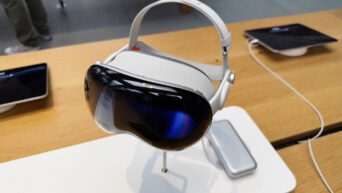New cars will need to have backseat detection tech.
Lawmakers from the United States and Safety Regulators from Europe are pushing a rule that could mandate a “child presence detection” system in vehicles to stop hot-car deaths from happening to unattended children. Suppliers are quickly trying to develop technology that could aid in this mandate.
The hope is that once this becomes a regulation, things will move very quickly to develop technology to save lives. Euro NCAP (New Car Assessment Program) plans on awarding rating points, beginning in 2020, for automobiles that have child presence detection. A bipartisan bill was filed on July 1st in the United States House of Representatives.
The closest technology that automobiles have in place came from General Motors in 2016. They created a Rear Seat Reminder that picks up a signal when the rear door is opened and shut closed. When the car is shut off, a chime is sounded alerting the driver to check the back seat. Nissan developed a similar system that will also honk the horn. They plan on having all of their four-door models utilizing this technology by 2022.
Hyundai had a slightly different take on this technology. In their cars, beginning with the 2019 Santa Fe, they included ultrasonic sensors in the headliner of the vehicle to detect any backseat movement. If the driver does not seem to have a response to this, a text message will be sent notifying the driver of this information.
Companies are looking to make the technology even more detailed by having sensors that are so precise that they can detect a heartbeat in the back seat. This will alert the system, even if a face is not detected. This is a powerful addition, especially when you think of how hard it could be to detect a baby sleeping.
The new bill is making it very clear that the new technology needs to detect the presence of an occupant in the back seat. An alert for the driver to look will not be considered enough anymore.

































